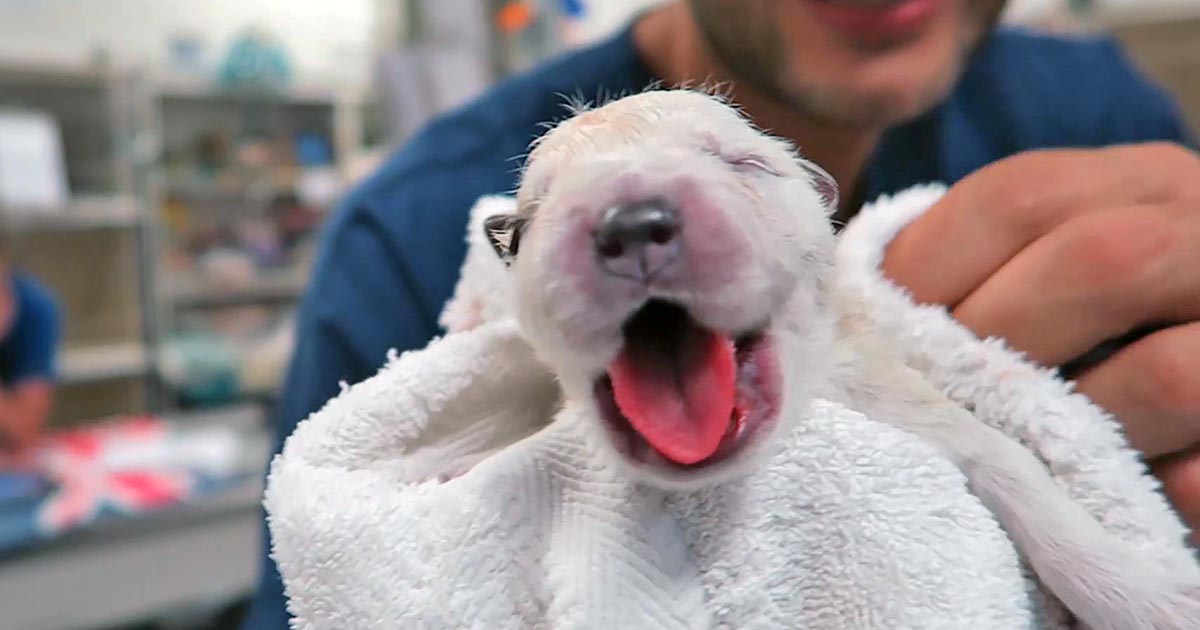Part three of this series will cover when medical management is suitable or when surgical intervention is required.
To start with, a few things indicate immediate caesarean section is required:
- signs of fetal distress (for example, bradycardia)
- maternal exhaustion and more than four fetuses remaining
- systemically unwell bitch/queen
- fetal obstruction of the vaginal vault that is unmovable
- excessive bleeding
- half an hour of intense contractions without delivering a neonate
- radiographic evidence of a disproportionately large fetus or abnormal position
Oxytocin therapy
Generally, successful medical therapy is dependent on positive feathering response.
If strong contractions are occurring, oxytocin therapy can be trialled. Dosed at 0.5IU to 2IU IM or SC, this can be repeated up to three times per neonate – oxytocin can result in decreased placental blood flow or premature placental separation, leading to fetal hypoxia, bradycardia or death.
Repeated doses against fetal obstruction can result in uterine rupture. Therefore, this medication is contraindicated if obstruction is suspected, especially if radiology is not an option.
Calcium gluconate

Administration of 10% calcium gluconate IM or IV can be used in conjunction with oxytocin. It can increase the strength of uterine contractions. In fact, calcium may increase the strength of contractions so much that oxytocin may not be required. It can be repeated as often as every four to six hours to maintain stronger uterine contractions.
It is feasible to start with 10% calcium gluconate at 0.5ml/kg slow IV. If this does not result in an increase in contraction strength, oxytocin therapy can be used, as described above, and repeated up to 3 times, 30 minutes apart. If no fetuses are passed, this is an indication for caesarean.
Conclusion
Early recognition of dystocia can help improve the survival of fetuses – whether that is from educating owners so they know the warning signs, or veterinary staff training so they can confidently advise owners when to seek veterinary attention.
Understanding the reasoning behind diagnostic methods and the medical management options will empower veterinarians to confidently manage dystocia patients.

Leave a Reply